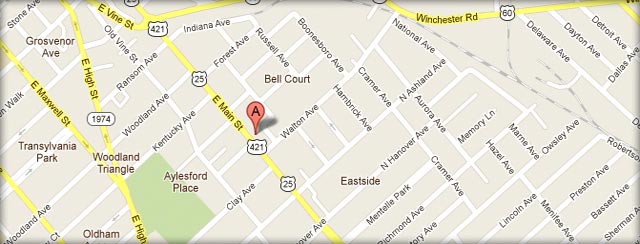- ATV accidents
- Brain Injuries
- Bus Accident
- Car Accidents
- Construction Accident
- Distracted Driving
- Drugged Driving Accident
- DUI
- Firm News
- Mass Tort
- Medical Malpractice
- Motorcycle Accidents
- Pedestrian Accidents
- Personal Injury
- Product Liability
- Safety
- Social Security Disability
- Truck Accidents
- Vehicle Accidents
- Workers Compensation
- Workplace Injuries
The National Transportation Safety Board (NTSB) met this month to uncover the facts and develop recommendations to prevent future tragedies such as the worst highway crash to happen in Kentucky in 23 years.
The truck accident occurred on March 26, 2010, when a truck driver, apparently distracted by his cell phone, struck a passenger van carrying 11 passengers killing himself, nine adults and one infant. That tragic incident led the NTSB to recommend that federal agencies ban cell phone use for all truck drivers.
The horrific crash happened at 5:14 a.m. on I-65 near Munfordville, KY, approximately 115 miles southwest of Lexington, KY. According to the NTSB review of the accident, the driver had placed and received 69 calls and text messages in the 24 hours leading up to the accident. “In the minutes before the 5:14 a.m. crash, the driver made three phone calls, the last one at 5:14.”
The NTSB found that the driver did not swerve to avoid another vehicle or obstacle, that weather did not play a factor in the accident and that the driver was not medically incapacitated. Federal officials concluded that the truck driver was fatigued at the time of the accident, and that he was distracted from the driving task by the use of his cell phone.
“Distracted driving is becoming increasingly prevalent, exacerbating the danger we encounter daily on our roadways,” NTSB chair Deborah Hersman said. “It can be especially lethal when the distracted driver is at the wheel of a vehicle that weighs 40 tons and travels at highway speeds.” She added, “There is so much room for improvement” when preventing deaths on U.S. highways.
According to the National Safety Council (NSC), distractions now join alcohol and speeding as leading factors in fatal and serious injury vehicle accidents. In a recent study, the NSC also found that every 26 seconds an accident occurs as the result of texting or cell phone use. In Kentucky in 2009, 200 fatalities on the roads and highways were blamed on distracted driving. The total number of accidents associated with distracted drivers was over 57,000. In 2009, there were 79 fatalities involving commercial vehicles in Kentucky. That number increased to 82 in 2010.
In January 2010, U.S. Transportation Secretary Ray LaHood announced a “federal guidance to expressly prohibit texting by drivers of commercial vehicles such as large trucks and buses.” Anne Ferro, an administrator for the Federal Motor Carrier Safety Administration (FMCSA), said the “regulations will help prevent unsafe activity within the cab.” She added, “We want to make it crystal clear to operators and their employers that texting while driving is the type of unsafe activity that these regulations are intended to prohibit.”
The NTSB recommended that all states “prohibit the use of both handheld and hands-free cellular telephones by all commercial drivers’ license holders while driving in commercial operations.”
Currently, no federal regulation bans talking on cell phones by truck drivers. However, truck drivers have to obey local traffic laws, and many states have restricted cell phone use while driving.
The NTSB also recommended that Kentucky revise its seat belt laws to apply to all vehicles designed to carry 15 or fewer passengers. Although the NTSB has no official power to enact regulation, its recommendations carry significant weight.
The Kentucky truck accident lawyers at Frank Jenkins Law Office strongly support the NTSB in its recommendations to commercial drivers and trucking companies, and to the state of Kentucky to help make our roadways safer. We also encourage truck drivers traveling through our state to put their cell phones down and focus on safe driving behaviors.

